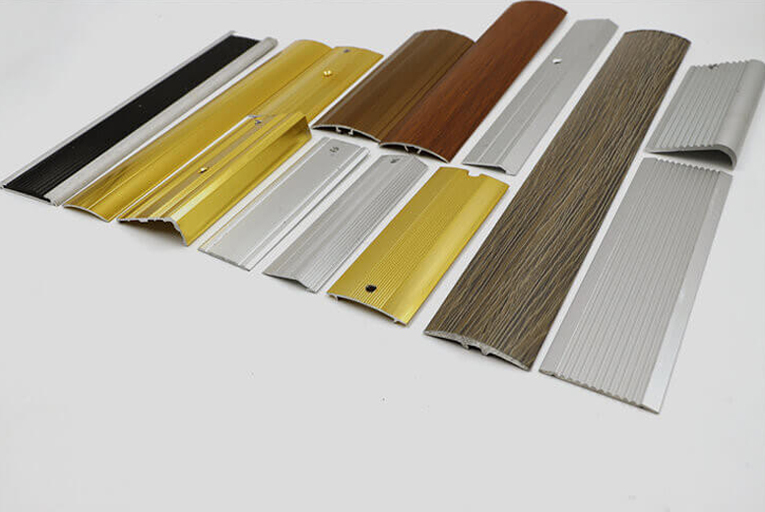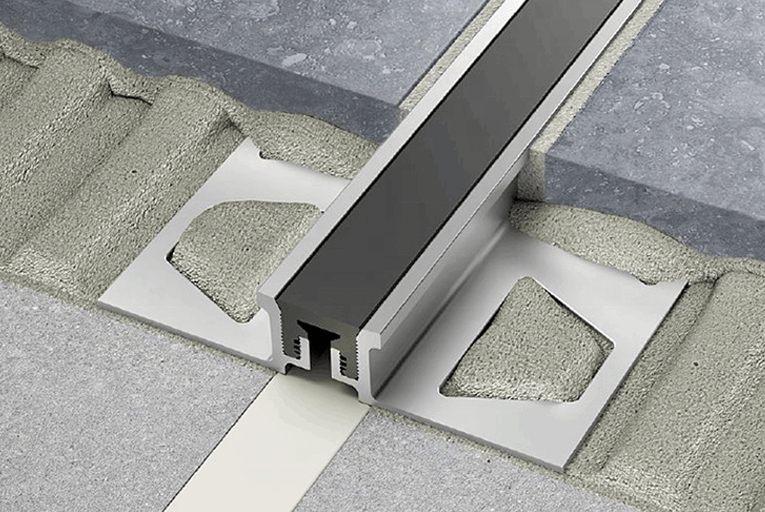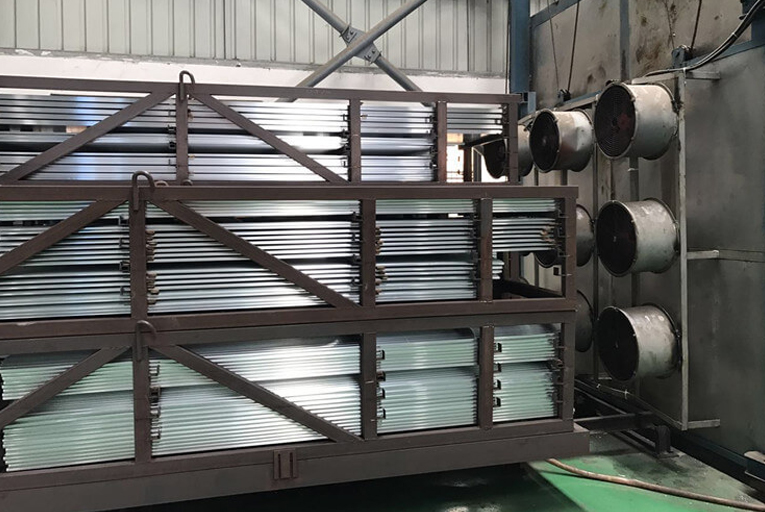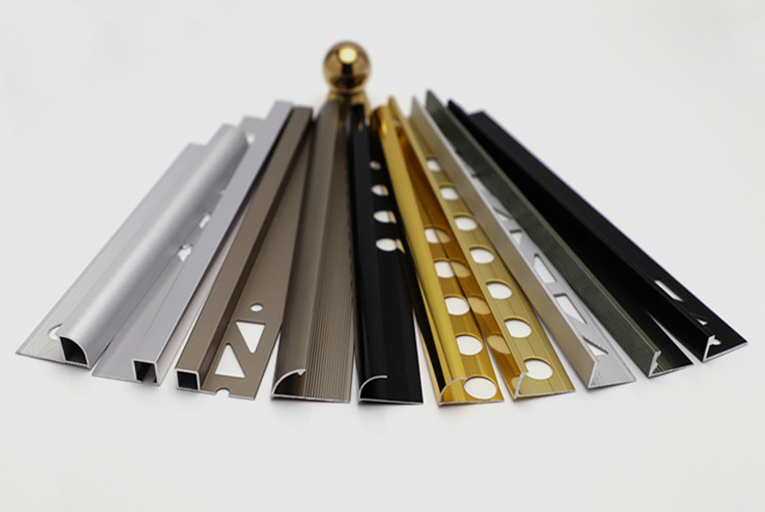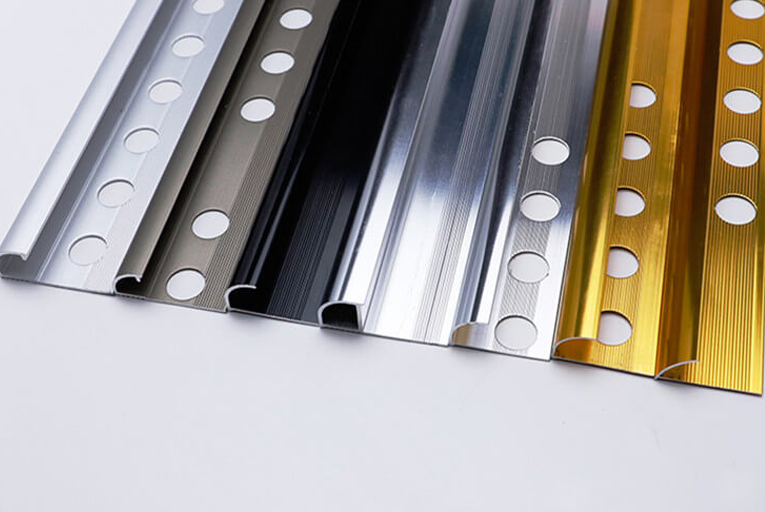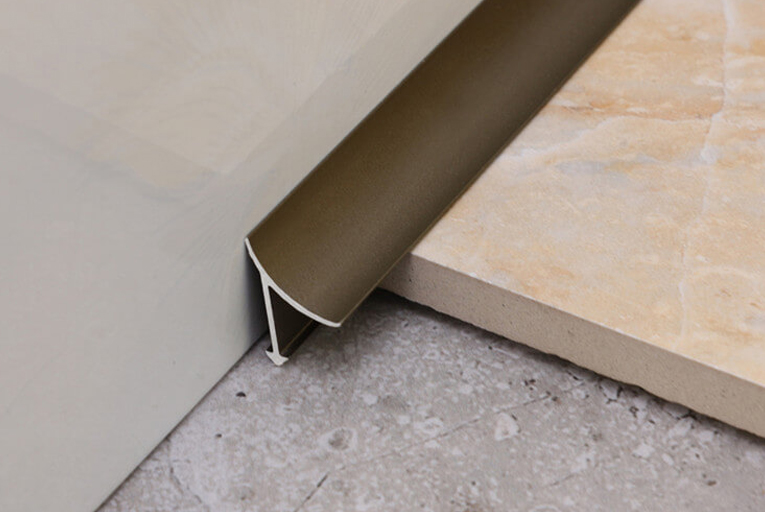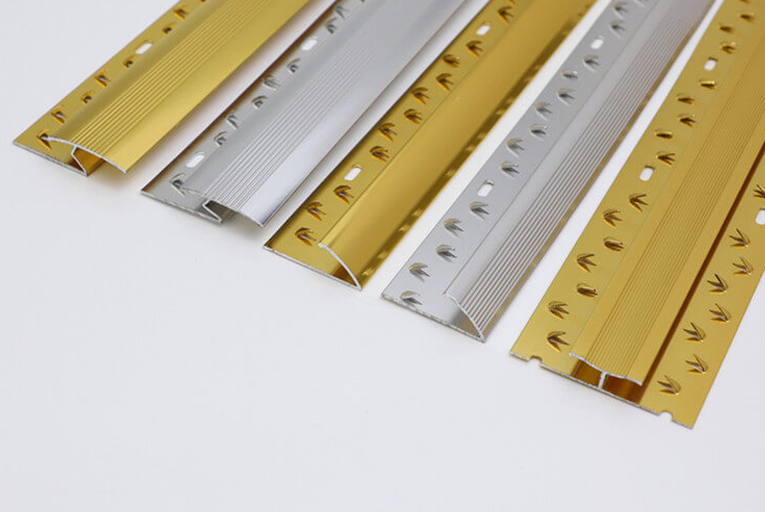Exploring Various Types of Tile Transition Strips
Exploring Various Types of Tile Transition Strips: A Guide to Seamless Transitions
Tile transition strips serve as a crucial element in creating smooth and aesthetically pleasing transitions between different flooring materials or changes in tile height. Understanding the different types available can help you select the most suitable option for your project. This article explores the various types of tile transition strips and their applications.
End Caps
End caps are strips that terminate the edges of tile installations, preventing fraying and creating a finished look. They are typically used at the end of rows or at the perimeter of the flooring. End caps come in various materials, including metal, wood, and plastic, and can be matched to the color and style of your tiles.
T-Strips
T-strips are used to bridge gaps between tiles of different heights, ensuring a seamless transition. They consist of a vertical leg that inserts into a slot in the higher tile and a horizontal leg that rests on the lower tile. T-strips are available in aluminum, brass, and stainless steel, providing both durability and a modern aesthetic.
Stair Nosing
Stair nosing is specially designed for use on stairs, providing a safe and comfortable transition from one level to another. It features a rounded or angled edge that guides the foot and prevents tripping. Stair nosing is typically made of durable materials such as aluminum or ceramic to withstand heavy foot traffic.
Reducer Strips
Reducer strips are used to transition from a higher tile surface to a lower one, such as from a tile shower floor to the adjacent bathroom floor. They create a gradual slope that prevents tripping and eliminates any gaps. Reducer strips come in a range of materials and styles to match your flooring and décor.
Joints
Joints bridge gaps between adjacent tiles, accommodating expansion and contraction due to temperature changes. Expansion joints are typically made of rubber or silicone and come in various sizes to suit different tile gaps. Joint fillers, on the other hand, are used to fill smaller gaps between tiles and provide a clean, grout-free finish.
Selection and Installation
When selecting a tile transition strip, consider the following factors:
Material: Durability, appearance, and cost.
Height and width: Compatibility with your tile heights and gaps.
Style: Matching the aesthetic of your flooring and décor.
Once selected, install transition strips carefully following the manufacturer’s instructions. Proper installation ensures a secure and seamless transition.
-
The 6 Hottest Tile Trim Solutions for 2021
2022-02-09 -
How to Install Tile Trims Line?
2022-02-09 -
Difference Between Sandblasting and Anodizing Surface Treatment of Aluminum Tile Trim
2022-02-09 -
The Different Uses of Tile Outside Corner Edging Trim and Inside Corner Edging Trim
2022-02-09 -
The Most Popular 5 Different Materials of Tile Trim Line
2022-02-09 -
What is Carpet Cover Trim?
2022-02-09
